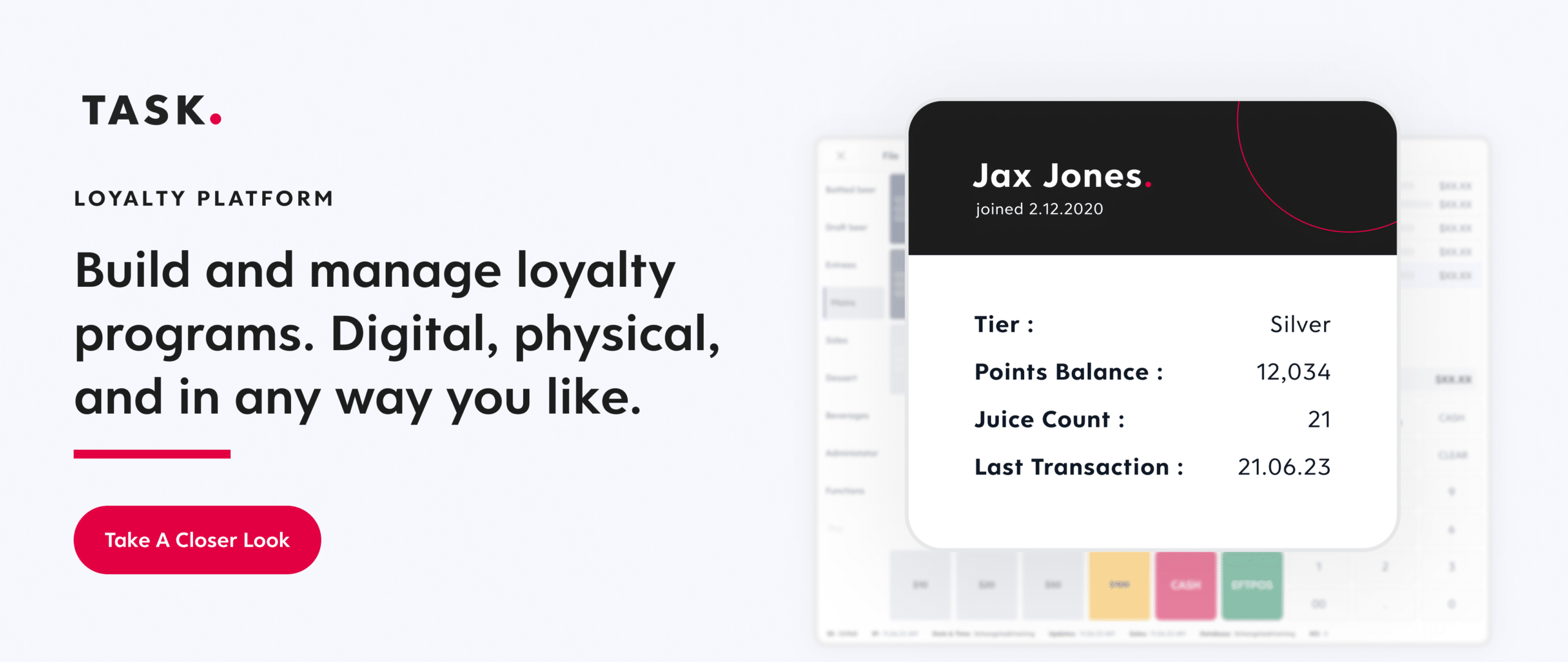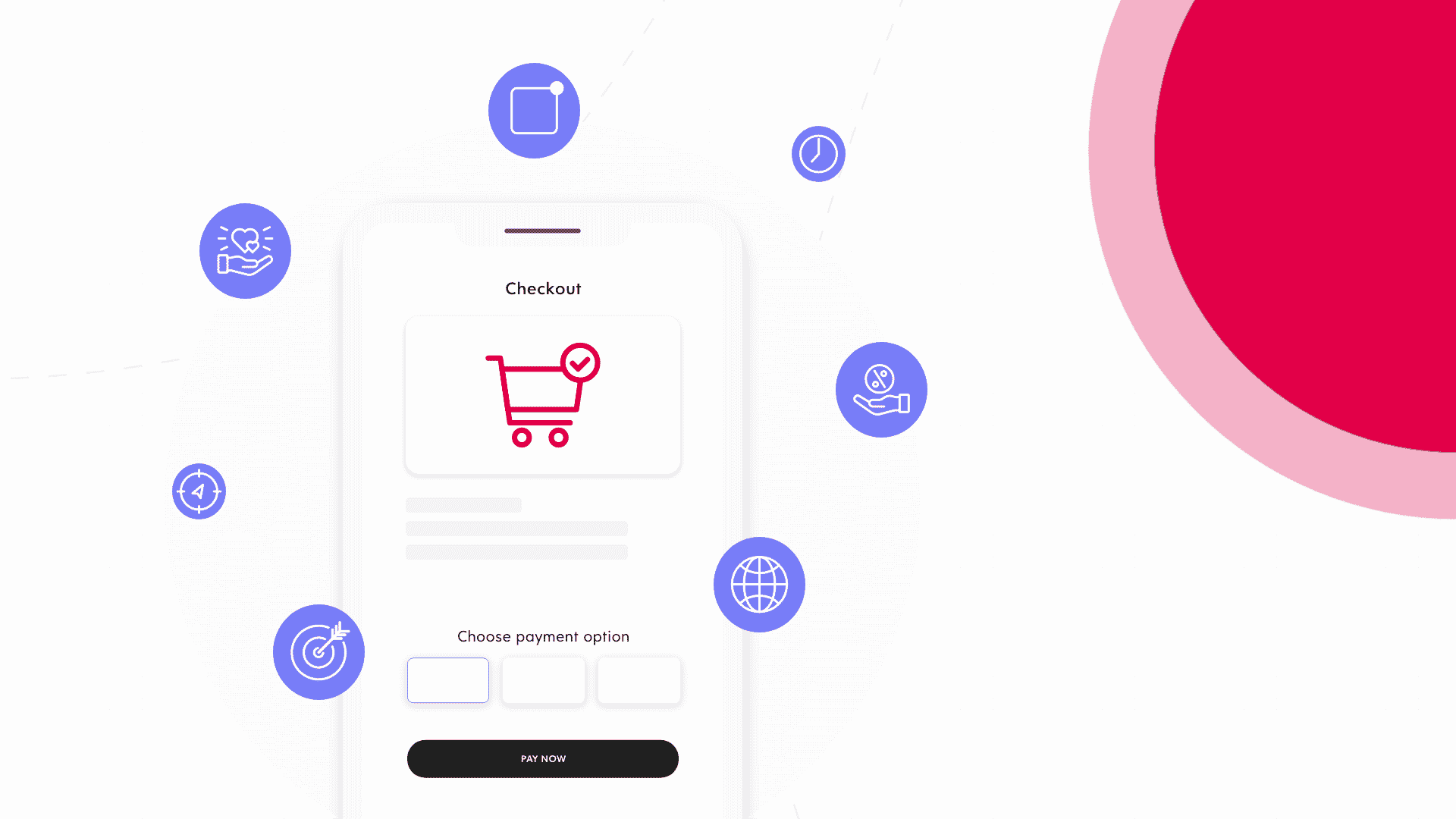Gone are the days of customers standing at the register, flipping through a stack of punchcards to redeem their hard-earned free coffee.
Like much of today’s commerce landscape, customer loyalty programs have gone digital, offering brands an enormous opportunity to capture customer data and boost lifetime value through offers and incentives.
The COVID-19 pandemic has hastened the move to mobile apps for ordering and fulfillment, as well as for effective loyalty programs.
But the migration to mobile commerce also presents a challenge to customer loyalty, even as access to loyalty programs gets easier. With so many options at their fingertips, consumers may actually be less likely to stick with a single brand when they can get a similar product faster or cheaper from somewhere else.
So how can brands create loyal customers and develop effective programs to retain and engage them?
Plexure convened a panel of industry experts to share insights into the future of customer loyalty:
- Vic Miles, Business Strategy Leader at Microsoft
- Zack Oates, Founder & CEO at Ovation
- Cami Zimmer, Chief Business Officer at Glympse
- Will Chun, Director of Product Management at Dover Fueling Solutions
Keep reading to learn more about the key takeaways from this conversation, including:
- Build trust through great customer experiences, creative approaches to brand value, and opportunities to welcome customer feedback.
- Make it easy to join your customer loyalty program, and integrate the benefits of membership seamlessly into your online and in-store interactions.
- Personalization and relevance are the keys to a customer loyalty program that provides value; invest in the data infrastructure to get it right.
Lay the foundation for loyalty: Build trust through great customer experiences
A successful customer loyalty program is, of course, founded on actual loyalty — the trust built between a brand and a customer and maintained through consistently great experiences.
“Every time we meet those [customer] expectations, trust increases,” Zack said. “When we don’t — and don’t resolve it — that trust decreases.”
Focus on the moments and interactions that matter to your customer
Zack’s company, Ovation, is a guest feedback platform that gives restaurants a peek into how well they are meeting those expectations. Ovation builds trust by beginning with the consumer in mind — which is why they’ve ditched the 20-question receipt surveys common in the retail and hospitality industries. Instead, the company offers a two-question survey by text message and an easy way for restaurant staff to reply to complaints.
Whether the initial customer experience was good or bad, providing a platform for feedback gives the customer an opportunity to be heard. And it gives the brand an opportunity to cement a customer’s loyalty for life, thanks to the service recovery paradox.
“Feeling heard means not just that they’re taking time to give you the feedback, but that you better take the time to acknowledge them and make them feel heard,” Zack said. “If you respond promptly and personally — meaning you actually use their name and your name — to apologize and make some type of restitution, you are going to have a more loyal customer than if nothing had ever happened.”
Similarly, last-mile logistics platform Glympse harnesses the power of geolocation data to create great customer experiences in what they call “the moments that matter” — whether that is the moment a service technician arrives at a home or when a customer drives up to the curbside pick-up lane.
“Whatever happens, that’s the moment that matters to the customer and what they see of your brand,” Cami said. “Providing that experience — those extra touches in and around those moments — is key for your business.”
Why Your QSR Needs a Loyalty Program
Building customer loyalty is the single most important aspect of retaining business and boosting profits in the long run.
Get creative to craft an excellent customer experience
As customer service becomes increasingly contactless, brands face new challenges in building loyalty.
Take the fueling industry, for example. Even before the COVID-19 pandemic, filling up your car’s gas tank was largely a solitary experience, thanks to pay-at-the-pump technology that has been in place for years.
“What we wanted to do is solve that problem,” Will said. “How do we make it interesting? How do we make it fun for a commodity that only gets you from point A to point B?”
His team at Dover Fueling Solutions took a creative approach to their latest gas pump design, which creates a memorable experience for customers with its 27-inch high-definition glass screen.
“I find it weird that I’m saying that a fueling dispenser is pretty sexy,” Will adds. “You would never hear that, and it’s amazing how we reframe that. That drives the loyalty. That drives an experience that people talk about.”
At Microsoft, Vic is seeing a creative trend among retail clients who recognize that their own consumer engagement channels can offer opportunities to non-competitive brands.
“Imagine I’m a grocery and I know this customer eats out three days a week,” he said. “Nothing I could promote to that customer is going to make them start cooking. So what if I expose them to a brand that gave them healthy eating choices through my channel? Now I’m adding value.”
Meet customers where they are — on mobile or at the curbside
Like ordering, purchasing and fulfillment, customer loyalty programs are rapidly going contactless.
“Contactless loyalty is that act of creating long-lasting connections with your customers, keeping them coming back to your brand, even when human contact is limited,” Cami said.
It has become a critical component across many industries, with stores inviting in-store customers to use apps to pay at checkout or automating email receipts that link to post-purchase marketing offers.
“By weaving your brand loyalty into the very fabric of the contactless shopping experience, you can retain more customers and, of course, strengthen their emotional connection to your brand,” she said.
In addition to seamless integration, lowering the barriers and increasing the avenues for customers to opt-in to loyalty programs can have a significant impact on their success.
Ovation has found that people are about twice as likely to join a program with their phone number — it’s easier than remembering yet another username and password — so the feedback platform relies heavily on text messaging to reach customers.
“Don’t only force people to do things the way you want them to do it,” Zack said. “Look at how consumers are already acting. Don’t change their behavior, flow with their behavior, and that will make all of your programs more successful.”
Why You Need Online Ordering for Your Restaurant
Read more about the future of online ordering, and help your business stay ahead of the digital curve.
Put in the work to make it personal
Once a customer is signed up for a loyalty program, personalization and relevance are the keys to retaining and engaging them.
“The challenge is that digital engagement requires extreme relevance,” Vic said. “Or you risk a complete notification block or — even worse — an uninstall where I just opt out of the whole program.”
“I keep getting emails about Slim Jim, and quite frankly, I’ve never bought a Slim Jim in any convenience store in my life,” Will said, adding that when poorly personalized programs over-index on inaccurate assumptions, it leaves the customer feeling that there’s no value in participating.
Personalization, he acknowledges, requires a lot of heavy lifting from an infrastructure standpoint — everything from figuring out a cloud strategy to understanding the possibilities of partnerships, all without overcomplicating things for the consumer.
Microsoft’s sights are similarly set on consolidating cloud data and using partnerships to better understand customer intent, which can then be translated into better-personalized ads. As with any effort that involves personal customer data, privacy and security remain paramount.
“We find that when the interaction feels seamless because of that [data] mashup, you get a sentiment boost that we can measure,” Vic said. “We’re all about the data when it comes to loyalty.”
Key Takeaways
The future of customer loyalty looks like:
- Creating excellent, memorable customer interactions by first understanding the end-user’s wants and needs.
- Taking a creative approach to imagining new customer interactions that drive trust and brand loyalty.
- Developing loyalty programs that have an easy opt-in and integrate seamlessly with today’s mobile commerce.
- Using data solutions to deliver loyalty content that is personalized, relevant, and valuable.
The speedy arrival of mobile commerce has opened the door for frictionless customer loyalty programs that are more relevant than ever. But no matter the program, real loyalty is built on trust and driven by great customer experiences.

